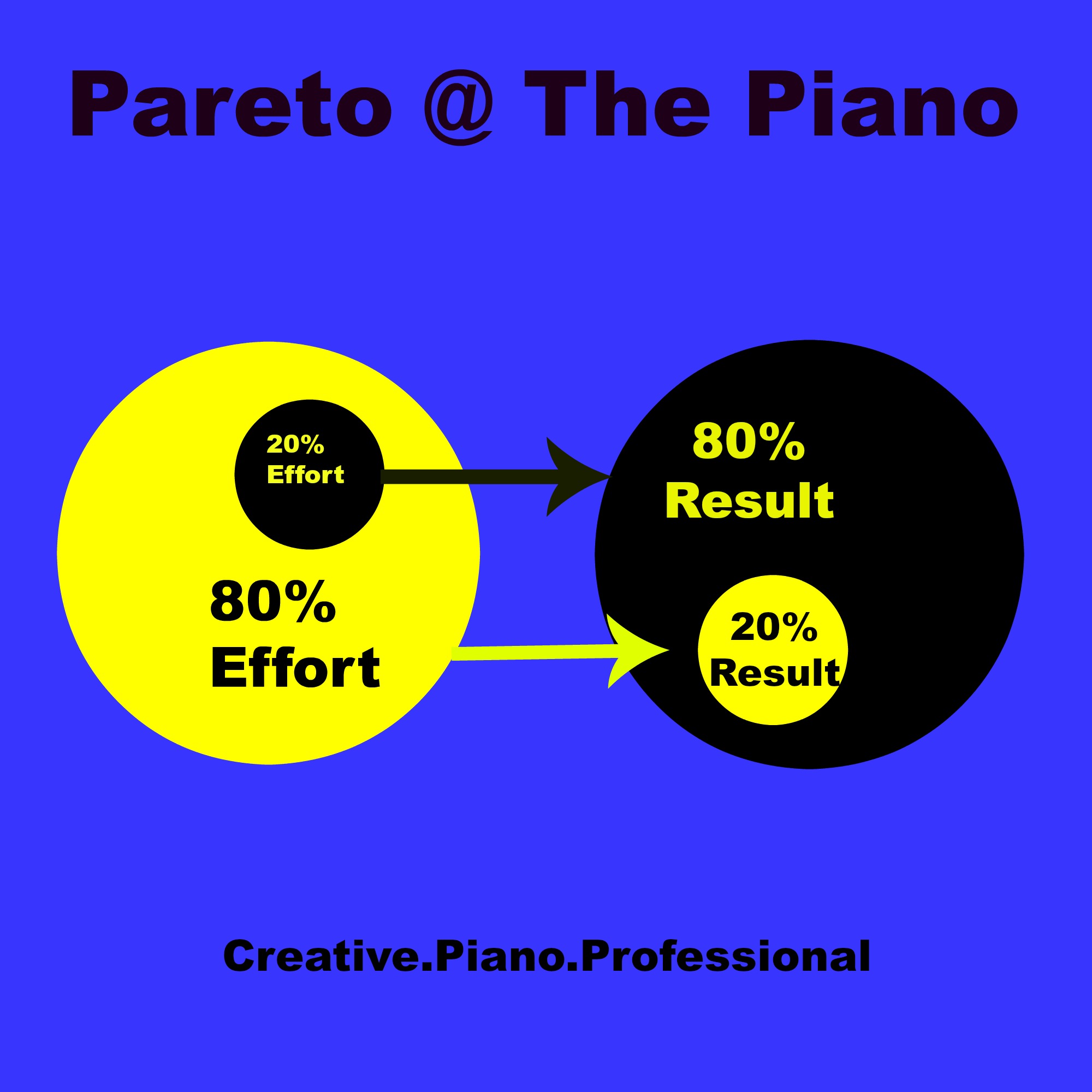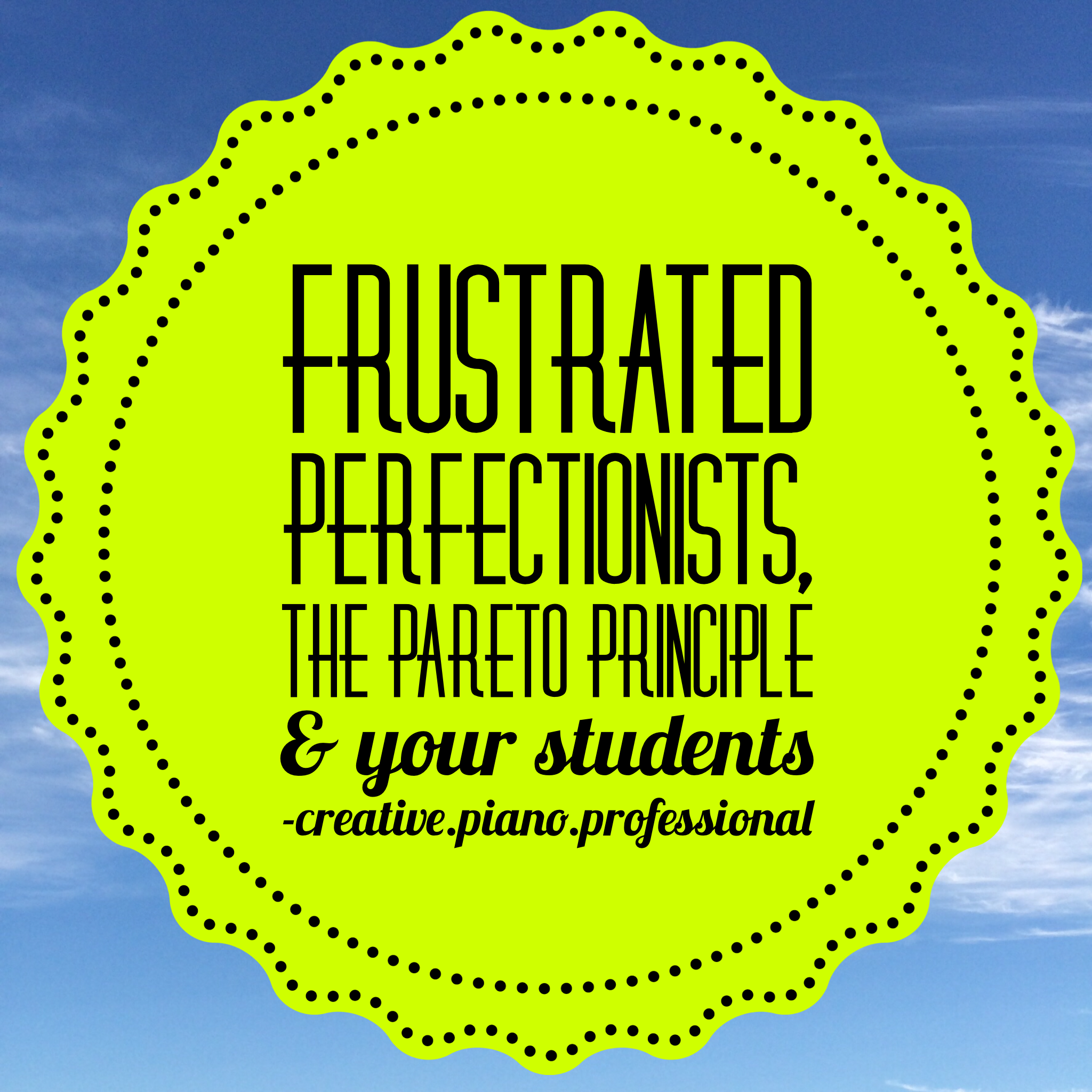This week Mark, an adult beginner student, came to his lesson and had become increasingly frustrated with one of his pieces.
The major learning explorations introduced in the piece were 3/4 time signature and waltz style. He had accomplished this sound and style beautifully and yet became very frustrated about not getting each detail of the piece perfect. After one more lovely rendition of the piece, Mark was disappointed about his contrast of crescendo and diminuendo. At this point, nothing positive was being achieved. This piece was not being used for a performance and the vast majority of the piece had been played to a very high standard. There were many other opportunities to practise those skills in other pieces and the main objectives had been realised. I decided it was time to move on and he was not convinced. His idea of a piece being completed differed from mine.
Let me tell you why it was time to move on.
I believe very firmly in students learning A LOT of music.
When a student is beginning their music studies, most frequently it is beneficial for them to have a wealth of repertoire to be using. Much like learning to read a language, in addition to being taught the building blocks of the language, it is the frequency and volume of new material studied that leads to overall fluency. If you become stuck on one piece for 4 weeks (for a beginner), the opportunity cost of that piece becomes very high. Instead of learning multiple new pieces, reading and studying new material, the student is repeatedly reading the same notes. Which is fine if the point of the piece is to master a certain technique and that is why it is being studied. But if the flaws in the performance are nothing to do with the current learning focus (and you can’t turn it into that) then perhaps it is time to find another piece of repertoire or skill builder that explores that exact skill they are struggling with. This way the student gets to approach the skill from a new angle; experiencing new sounds, choreography and notation.
The other consideration is whether or not the piece was too difficult for the student in the first place. But I digress…….
If the skill the student is practising is not performance based, then Pareto Principle may be useful to apply when explaining why it is time to move on to students. The Pareto Principle is sometimes referred to as the 80-20 rule. It suggests that 80% of the outcome comes from 20% of the input.This in turn suggests that that sometimes that elusive last 20% of outcome requires 80% of our effort (input)!

When Mark was practising he found that he spend most of his time trying to perfect the last small part of a piece. But what if that small part wasn’t the reason he was learning the piece in the first place?If we call the ‘Performance Standard’ that last 20% of what Mark was hoping to achieve. Was 20% of a piece using up 80% of his time? Time that was spent being frustrated and completely inefficient? This is a theory we can all apply to our playing regardless of level. The good majority of a piece (80%) can be achieved in the first part of study. When a student gets to a point that they have achieved the major learning objectives of a piece, perhaps it is time to move on and use other resources to provide wider learning opportunities for them
I’m not suggesting students never ‘finish’ a piece. Just that we question our motivations behind continued study of each piece. If the learning outcomes include preparation for a performance, eisteddfod or examination, then the desired outcome is of course to spend that additional effort to gain the last 20%.
This week Mark is going to focus on achieving 80% of his desired outcome (which is actually 100% of the outcome I want him to achieve). I am hoping in time that he comes to see the benefit in this approach.
It will be interesting to see what happens with Mark’s level of frustration if we can change his objectives.
If this idea appeals to you you might enjoy reading more about the 40 Piece Challenge and how that increases musical literacy.



Love reading your blogs 😊
This was a great post and I was unfamiliar of the Pareto Principle- as a performer who openly struggles with perfectionism, I try hard to NOT instill that anxiety in my students and this is a great way of simplifying some of the reasons I will decide to move on from a piece with a student rather than continue to perfect it. What do you recommend for the opposite- when a student feels the piece is “good enough”, but doesn’t seem to be getting the finer details? A lot of my students are very hard on themselves and it feels like a thin line between cultivating high standards and promoting unhealthy perfectionism, or risking falling into an “A for effort!” pattern.
Marshall Cuffe
Piano Instructor/Academy Ambassador
https://www.hoffmanacademy.com/